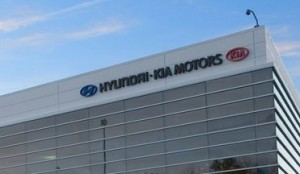Polestar 1 available to subscribers: Volvo Cars will be bringing Polestar, its new electric performance car brand, to the U.S., China, and Europe through an innovative 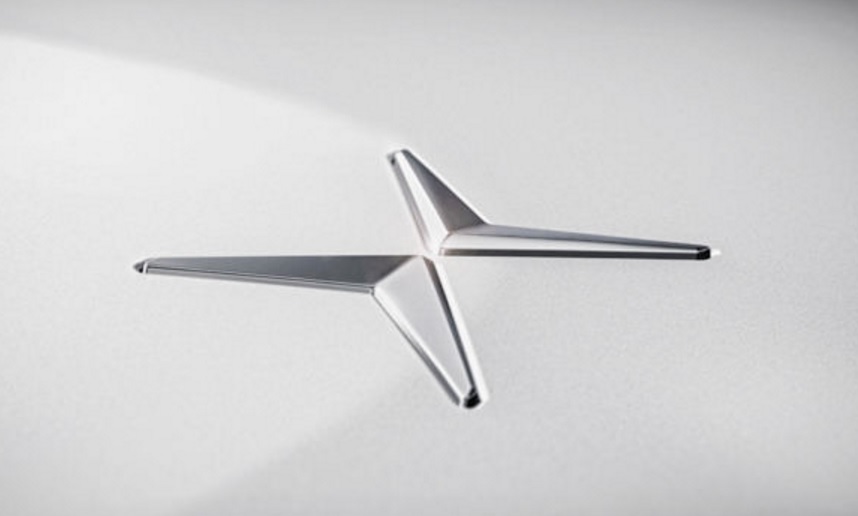 subscription service. The company said that since the launch in October, enthusiasm has been high enough to sell off the early production volume. The first model, the Polestar 1, will be start production in mid-2019 at a new factory in Chengdu, China. The monthly subscription cost will be $2,000 for the entry-level Launch package that covers registration, insurance, and maintenance, with no deposit required. The Polestar 1 has a 600 horsepower electric performance hybrid powertrain. It will be the longest running battery-only plug-in hybrid out there with the ability to go 150 kilometers (93.2 miles) on battery power.
subscription service. The company said that since the launch in October, enthusiasm has been high enough to sell off the early production volume. The first model, the Polestar 1, will be start production in mid-2019 at a new factory in Chengdu, China. The monthly subscription cost will be $2,000 for the entry-level Launch package that covers registration, insurance, and maintenance, with no deposit required. The Polestar 1 has a 600 horsepower electric performance hybrid powertrain. It will be the longest running battery-only plug-in hybrid out there with the ability to go 150 kilometers (93.2 miles) on battery power.
Criminal charges for ex-Uber employee: A former Uber executive is facing criminal charges likely to be filed by the U.S. Attorney’s office over alleged theft of Waymo’s intellectual property for self-driving cars. Alphabet’s self-driving car division, Waymo, has alleged that one of its former engineers, Anthony Levandowski, stole its trade secrets before founding, Otto, the startup autonomous truck company that he sold to Uber for $680 million last year. The November 22 letter confirms that the Justice Department has opened a criminal investigation without naming targets of the investigation. The letter was unsealed Wednesday by a federal judge. Uber has denied all the allegations made by Waymo, and fired Levandowski in May.
Cummins Westport wins EPA and CARB certification: Cummins Westport Inc. has received certification from both the U.S. Environmental Protection Agency and the  California Air Resources Board for its 2018 L9N and B6.7N natural gas engines. Both engines meet CARB optional Low NOx standards, as well as 2017 EPA greenhouse gas emission requirements. That makes them some of the cleanest engines available today for truck and bus customers, according to the company. It will be of interest to truck and bus fleets investing in powertrains for future vehicles tapping into the full emission-reduction benefits of renewable natural gas. The L9N is certified to the CARB optional Low NOx standard of 0.02 g/bhp-hr ‒ a 90% reduction from engines operating at the current EPA NOx limit of 0.2 g/bhp-hr, and is available with ratings from 250 to 320 horsepower and 1,000 lb.-ft. peak torque. The B6.7N is certified to the CARB optional Low NOx standard of 0.1 g/bhp-hr – a 50% reduction from current EPA levels. It’s available with ratings from 200 – 240 hp and 560 lb.-ft. peak torque.
California Air Resources Board for its 2018 L9N and B6.7N natural gas engines. Both engines meet CARB optional Low NOx standards, as well as 2017 EPA greenhouse gas emission requirements. That makes them some of the cleanest engines available today for truck and bus customers, according to the company. It will be of interest to truck and bus fleets investing in powertrains for future vehicles tapping into the full emission-reduction benefits of renewable natural gas. The L9N is certified to the CARB optional Low NOx standard of 0.02 g/bhp-hr ‒ a 90% reduction from engines operating at the current EPA NOx limit of 0.2 g/bhp-hr, and is available with ratings from 250 to 320 horsepower and 1,000 lb.-ft. peak torque. The B6.7N is certified to the CARB optional Low NOx standard of 0.1 g/bhp-hr – a 50% reduction from current EPA levels. It’s available with ratings from 200 – 240 hp and 560 lb.-ft. peak torque.

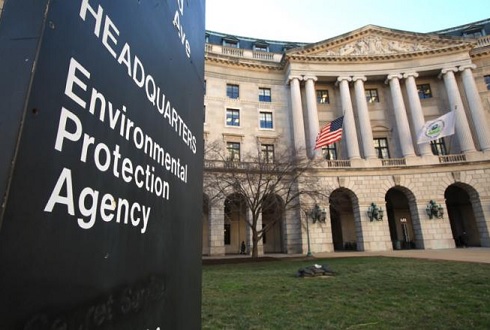 Automobiles was sued by EPA in May, accused of illegally using software to bypass emission controls in 104,000 diesel engine Ram pickups and Jeep Grand Cherokees sold since 2014. He doesn’t think the Obama administration was being too aggressive when taking action on emissions violations, and it’s the duty to EPA to enforce the rules. “Look what VW, and Fiat – you have this Fiat case that is on the horizon as well. The emails and the communications that I’m aware of – it was strategic and intentional and should be dealt with very aggressively,” Pruitt said.
Automobiles was sued by EPA in May, accused of illegally using software to bypass emission controls in 104,000 diesel engine Ram pickups and Jeep Grand Cherokees sold since 2014. He doesn’t think the Obama administration was being too aggressive when taking action on emissions violations, and it’s the duty to EPA to enforce the rules. “Look what VW, and Fiat – you have this Fiat case that is on the horizon as well. The emails and the communications that I’m aware of – it was strategic and intentional and should be dealt with very aggressively,” Pruitt said.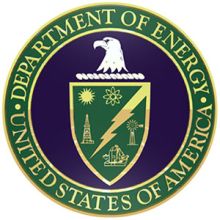 engine technologies, and energy efficient mobility systems. Mercedes Benz and General Motors are joining a long list of university research centers, including Lawrence Berkeley National Laboratory. Mercedes Benz is funding a project supporting solid state electrolyte membranes for high performance lithium-sulfur batteries; and GM is supporting research into pouch format cells for lithium-sulfur batteries to achieve high energy density and long cycle life.
engine technologies, and energy efficient mobility systems. Mercedes Benz and General Motors are joining a long list of university research centers, including Lawrence Berkeley National Laboratory. Mercedes Benz is funding a project supporting solid state electrolyte membranes for high performance lithium-sulfur batteries; and GM is supporting research into pouch format cells for lithium-sulfur batteries to achieve high energy density and long cycle life.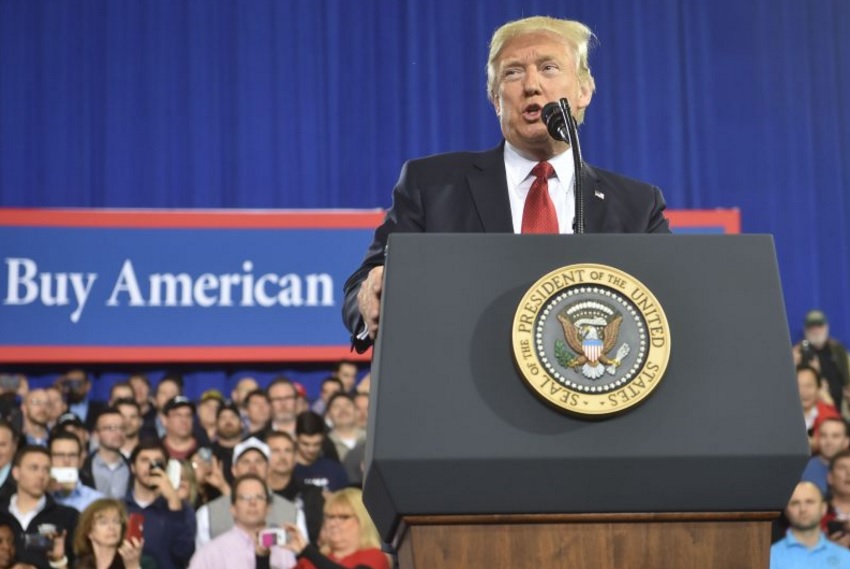 Challenging EPA cuts: President Donald Trump’s
Challenging EPA cuts: President Donald Trump’s 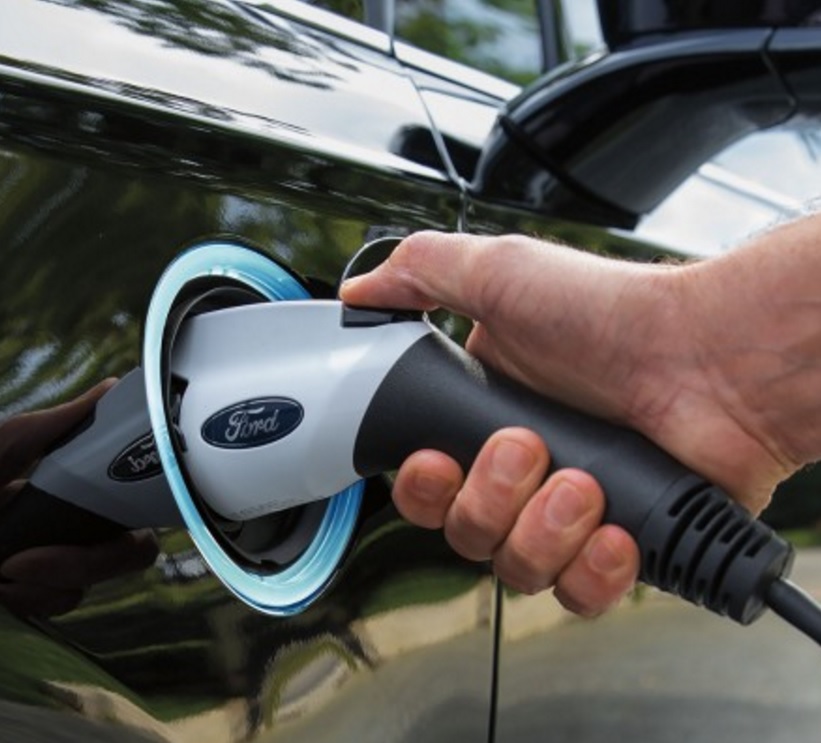 Ford joining China EV market: Ford Motor Co. is now in agreement with Daimler, Tesla, and General Motors on the importance of China in the global electric vehicle market.
Ford joining China EV market: Ford Motor Co. is now in agreement with Daimler, Tesla, and General Motors on the importance of China in the global electric vehicle market.  Utilities supporting charging:
Utilities supporting charging: 